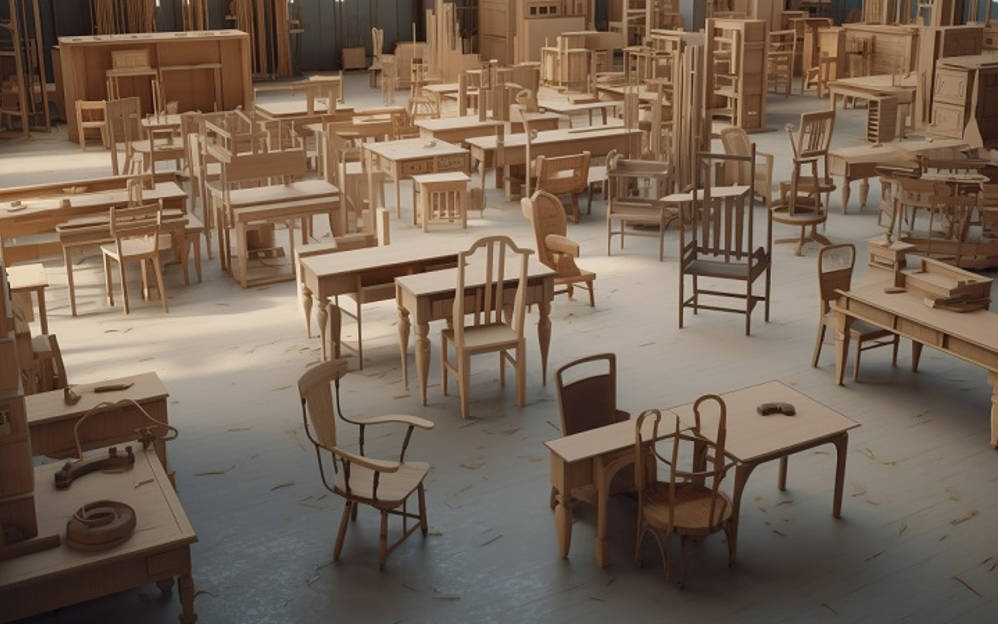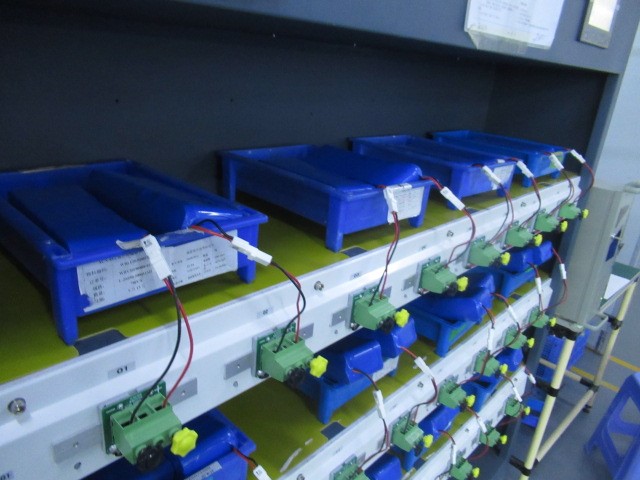
Pre-shipment inspection plays a critical role in ensuring the quality and integrity of furniture products before they are shipped to customers. This essential step in the manufacturing and distribution process helps manufacturers and buyers to identify and rectify any potential issues before the products reach their intended destinations. In this article, we will delve into the five major aspects that should be considered during furniture inspection.

Contents
1.Quality Control of Materials
The foundation of any well-made furniture piece lies in the quality of materials used in its construction. During pre-shipment inspection, it is imperative to carefully scrutinize the materials that constitute the furniture. This involves checking the type of wood or other materials used, their source, and compliance with any specified standards. For instance, if the furniture is advertised as being made of solid wood, the inspector must ensure that the material is indeed solid wood and not a lower-quality substitute.
In addition, the inspection should encompass the assessment of other components such as hardware, upholstery fabrics, and finishes. These elements contribute significantly to the overall aesthetics and functionality of the furniture. Any defects, damages, or discrepancies in the materials must be documented, and a decision should be made whether they are within acceptable limits or require rectification.
2.Craftsmanship and Construction
The craftsmanship and construction of furniture are key indicators of its durability and longevity. During the pre-shipment inspection, attention should be paid to joints, connections, and overall assembly quality. Joints should be secure and well-fitted, with no signs of glue residue or unevenness. The inspector should evaluate the sturdiness of the furniture by applying gentle pressure and assessing its stability.
Furthermore, details such as the alignment of drawers, doors, and other moving parts need to be examined closely. In the case of upholstered furniture, the stitching, tufting, and padding should be inspected for consistency and quality. Any signs of poor workmanship, such as loose threads, uneven stitching, or misaligned components, should be noted and addressed before the furniture is cleared for shipping.
3.Functionality and Performance
Furniture is not merely decorative; it serves a functional purpose in people’s lives. Therefore, pre-shipment inspection should include rigorous tests to ensure that the furniture performs its intended functions effectively. For instance, chairs and sofas should be tested for weight-bearing capacity, stability, and comfort. Drawers and cabinets should open and close smoothly, without any obstruction or jamming.
In the case of pieces with moving parts or mechanisms, such as recliners or extendable dining tables, these mechanisms must be thoroughly tested to ensure they operate seamlessly. Electrically powered features, like reclining chairs with built-in massagers, should be examined for proper functioning and safety compliance. A detailed checklist of functional tests should be developed to ensure that no aspect of the furniture’s performance is overlooked.
4.Aesthetic Appeal and Finish
The aesthetic appeal of furniture is a crucial factor that influences customers’ purchasing decisions. The pre-shipment inspection should encompass a comprehensive evaluation of the furniture’s visual appearance and finish. This involves examining the surface for scratches, dents, discolorations, or other imperfections that might have occurred during manufacturing or transportation.
The finish of the furniture, whether it’s stained, painted, or varnished, should be even and consistent across all surfaces. Any variations in color, texture, or sheen can be indications of subpar finishing. Upholstered furniture should be inspected for patterns that match properly at seams and corners, ensuring a polished and refined look.
5.Packaging and Protection
Proper packaging is essential to safeguard furniture during transit and prevent damage. The pre-shipment inspection should extend to the packaging materials used, such as cardboard boxes, bubble wrap, and foam padding. These materials should be of sufficient quality and quantity to provide adequate protection against impact and jostling.
Inspectors should confirm that the packaging is designed to prevent movement within the box, minimizing the risk of scratches, dents, or broken parts. Additionally, labels and handling instructions should be affixed to the packaging to guide handlers and customers on proper care and handling. Any deficiencies in packaging, such as inadequate padding or insufficient protection for fragile components, should be identified and rectified before the furniture is shipped.
Furniture inspection services in China
NBN specializes in conducting thorough quality inspections at furniture manufacturing factories across China. Our team of experienced inspectors follows a systematic approach to evaluate various aspects of furniture production, ensuring that each piece meets the required standards before it reaches customers. Our services include:
1.Visual Inspection: Check for any visible damage, scratches, dents, or discoloration on the furniture’s surface.
2.Structural Integrity: Ensure that all joints, hinges, and connections are secure and functioning properly.
3.Hardware Examination: Inspect handles, knobs, locks, and other hardware components to ensure they are properly attached and operational.
4.Finishing Quality: Check the quality of the furniture’s finish, such as paint, stain, or upholstery, for evenness, color accuracy, and absence of defects.
5.Stability Testing: Test the stability of items like chairs and tables to ensure they don’t wobble or tip easily.
6.Packaging Inspection: Examine the packaging for any signs of damage, and ensure that it is appropriate and sufficient to protect the furniture during transit.
7.Documentation Review: Verify that all necessary documentation, such as assembly instructions and warranty information, is included and accurate.
8.Labeling and Branding: Check for correct labeling, including model numbers, serial numbers, and branding.
9.Measurement Verification: Ensure that the actual dimensions of the furniture match the specifications provided.
10.Functionality Testing: If applicable, test any movable parts or mechanisms (e.g., recliners, extendable tables) to confirm they operate smoothly.




